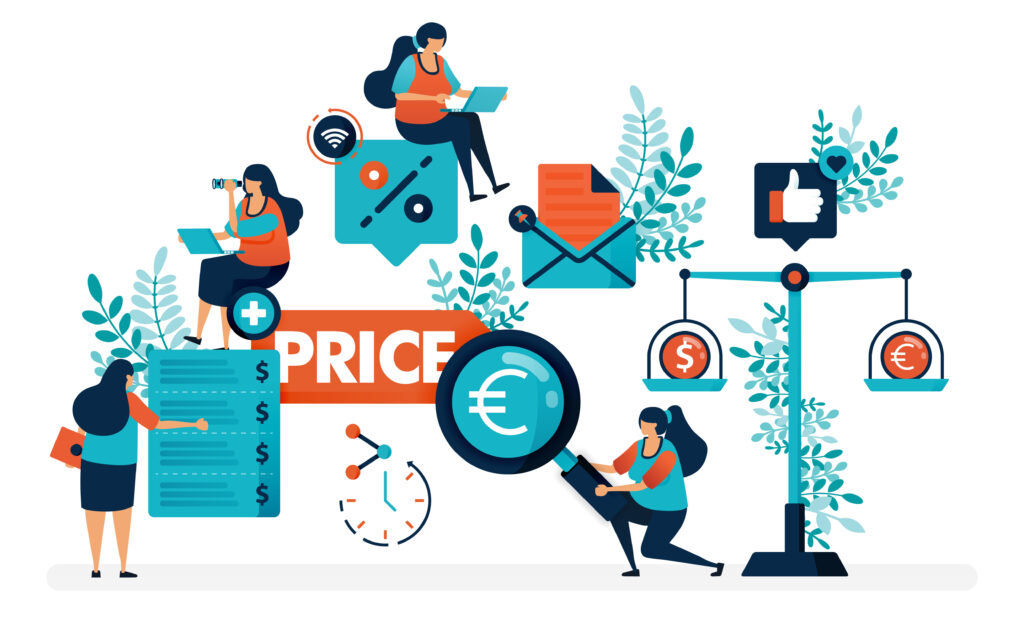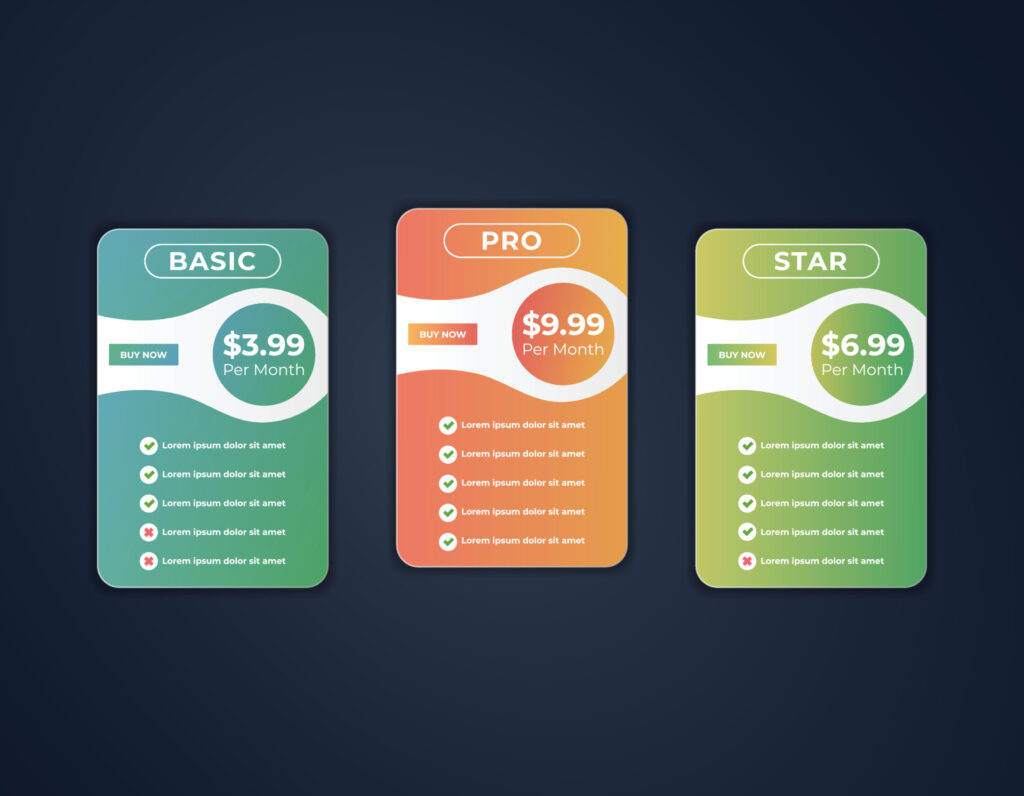The Missing Piece in Strategic Planning:
Pricing Strategy
Happy New Year! We’re off with 2024, bringing fresh opportunities and challenges. January typically heralds a yearly practice that a majority of businesses do: strategic planning (and, for some organizations, OKR planning as well).
Annual strategic planning is an essential part of running a business. However, as businesses kick off their annual strategic planning, one key component is often overlooked: pricing strategy. In my 30+ years in tech, I can’t recall a single strategic planning session that included a discussion on pricing. At most, pricing came up sporadically in isolated conversations. Even as a Head of Engineering reporting directly to the CEO at one company I was in, I wasn’t looped into pricing discussions or decisions. Our CEO and board always made those calls unilaterally and never even conveyed the pricing changes to me or Engineering, just to the sales and customer service teams. 
However, pricing should be an integral part of the strategic planning conversation. This is a key point in the book, Software Profit Streams(TM): A Guide to Designing a Sustainably Profitable Business (an excellent book, I might add). Luke Hohmann, one of the co-authors of the book, points out Amazon changing its pricing in 2024 in a LinkedIn post and asks people if they’re adjusting pricing as part of their 2024 plans.
Now that I have my own start-up business, I have included pricing in my strategic planning with my business partners. Here are my three suggestions to incorporate pricing into your annual planning process:
First, take a look at last year’s prices.
Did you leave money on the table that could have been captured with a price increase? Have market dynamics shifted in a way that allows you to revisit pricing? Most often, people go on autopilot and keep delivering things to customers. Looking back at what you did and how the market behaved sets the stage for potential pricing discussions and experiments in the coming year. What you plan to deliver should influence you to tweak pricing, packaging, and promotions, ensuring they align better with strategic goals like entering new markets or gaining market share.
Second, consider how new capabilities affect pricing.
 As you plan new features or products for the year ahead, you should remember that adding new functionality brings costs in development and support. On the other end of the equation, these features bring in new value as well as cost of ownership for your customers. Ask yourself, how do these affect the value of your product and its price?
As you plan new features or products for the year ahead, you should remember that adding new functionality brings costs in development and support. On the other end of the equation, these features bring in new value as well as cost of ownership for your customers. Ask yourself, how do these affect the value of your product and its price?
Typically, these aren’t discussed during strategy planning. Try to map these new features to specific customer segments and identify potential new pricing tiers. Especially for potential game-changing features, you might realize a potential competitive pricing scheme that helps your business meet its goals and causes chaos for your competitors.
Third, get diverse voices and perspectives into pricing discussions.
At most companies, pricing is confined to product managers and executives. But bringing in other functions, like engineering and customer service, enriches the debate because of the diversity of perspectives. Engineers can weigh in on costs and feasibility, potentially bringing up some interesting cost/benefit perspectives. Customer service has unique insights into what users value most since they are closest to the customers. They can spot the hidden, intangible value that others may not see. At the very least, your marketing team can craft messaging using the intangible benefits as a differentiator against your competitors. Better still is using these intangibles to justify pricing differently than your competitors.
Making pricing part of your annual strategic planning takes some work. Including pricing and these three things in your strategic planning can pay dividends in pricing that evolves with the market. And that evolution can fuel better business success.
Bonus tip: Revisit your pricing and pricing strategy briefly every time quarterly planning comes up.
At the start of a new quarter, you will have more information than the previous quarter. Your priorities, strategy, knowledge, and assumptions will have shifted since then. The business landscape may have radically changed as well. These alone should prod you to revisit your pricing strategy at the beginning of the quarter, to see if they still make sense and are cohesive.